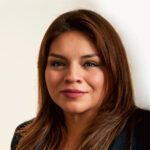Initiative takes cue from U.N. goal: Reduce new HIV cases by 2030
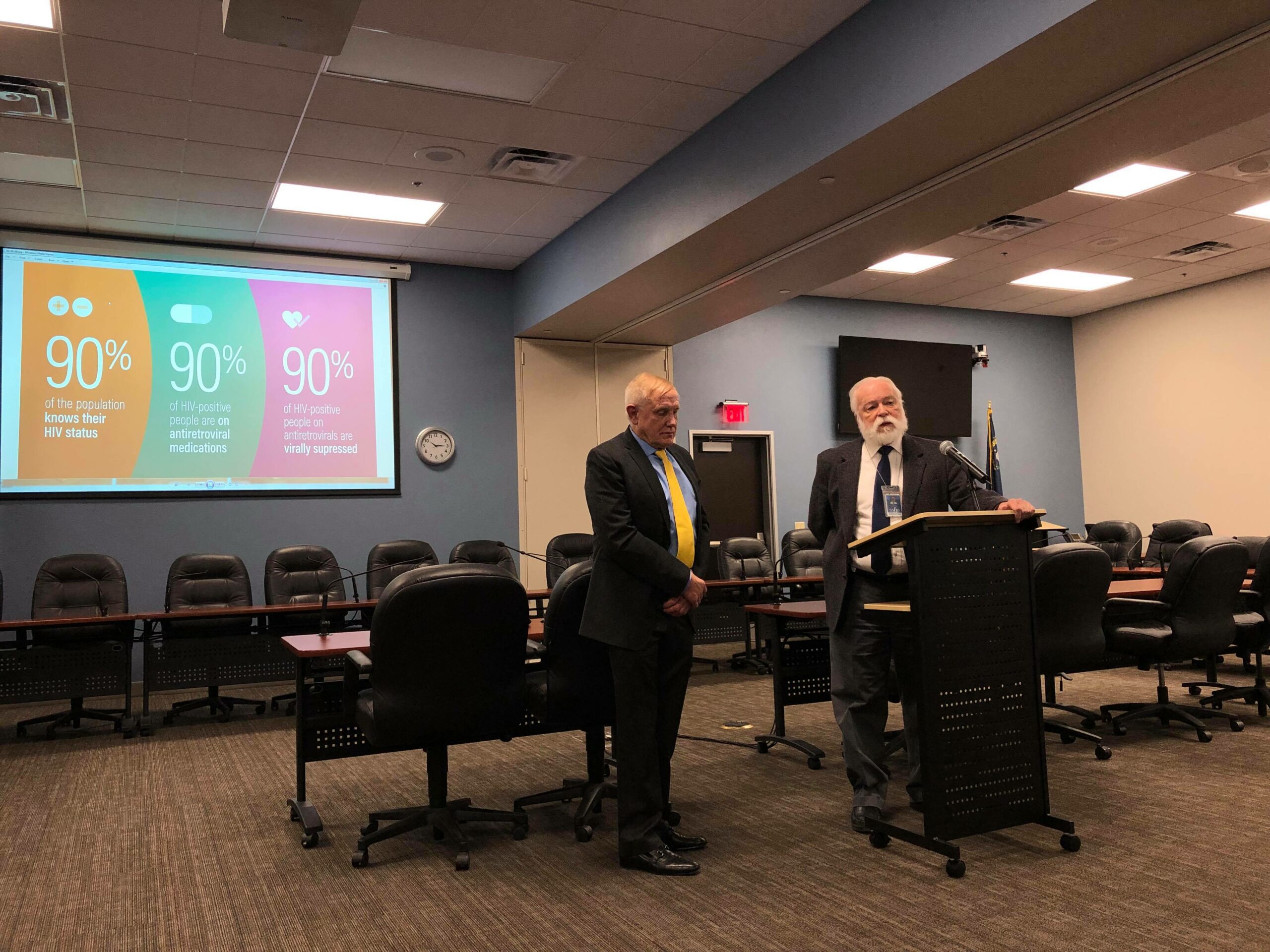
Health officials in Southern Nevada are joining an international effort to end an AIDS epidemic that has so far killed 39 million people worldwide. They are calling on the community to increase prevention efforts and help stave off new cases of HIV (Human Immunodeficiency Virus).
The Southern Nevada Health District (SNHD) is taking up a three-step treatment target pushed by the United Nations called 90-90-90, which the U.N. describes as part of “a momentous opportunity to lay the foundation for a healthier, more just and equitable world for future generations.”
The name is based on the numbers: 90 percent of the people with HIV know that they are HIV positive; 90 percent of those who have been diagnosed receive a combination of antiretroviral drugs; and 90 percent of those receiving such therapy will see viral suppression or see a reduction of their viral activity drop down to undetectable levels.
"Let's put out a challenge to help us raise some money to really enhance this effort and let’s try to do this well before 2030," said SNHD director Joe Iser during a press conference last month as he emphasized the need for cooperation at the state level.
A 2017 report from the Nevada Division of Public and Behavioral Health found that 11,901 people in the state were living with HIV.
During a press conference in Las Vegas, doctors and SNHD representatives said they seek to prevent new cases of HIV by training their staff, increasing access to testing, and expanding pre-exposure prophylaxis (PrEP) — when people with a high risk of contracting the virus take daily medications to reduce their chance of infection.
The health district says it has some partners in the fight, but still needs more help.
"We lack human resources and funds," Iser said. "We have a lot of wealthy, industry representatives here, whether it’s restaurants with fancy chefs, casino and hospitality industry."
HIV in Nevada
SNHD says that new HIV diagnoses decreased nationally from 2012 to 2016, while the rates of new diagnoses in Clark County have remained about the same. Clark County makes up 73 percent of all residents in Nevada, but accounted for 90 percent of new HIV diagnoses in Nevada in 2017.
About one in seven people who have HIV don’t know they’re carrying the virus, and that group is responsible for the majority of new cases.
"About 85 percent of Nevadans know their status but studies confirm that even 70 percent of new infections come precisely from that 15 percent that do not know their status," said Dr. Jerry Cade, director of HIV services at University Medical Center. "If people knew whether they are carriers or not, they would do everything possible to not transmit the virus."
The main ways to risk contracting the disease in the United States, according to the CDC, are not using condoms when having sexual intercourse with someone who has HIV or sharing needles or syringes with someone who is HIV-positive.
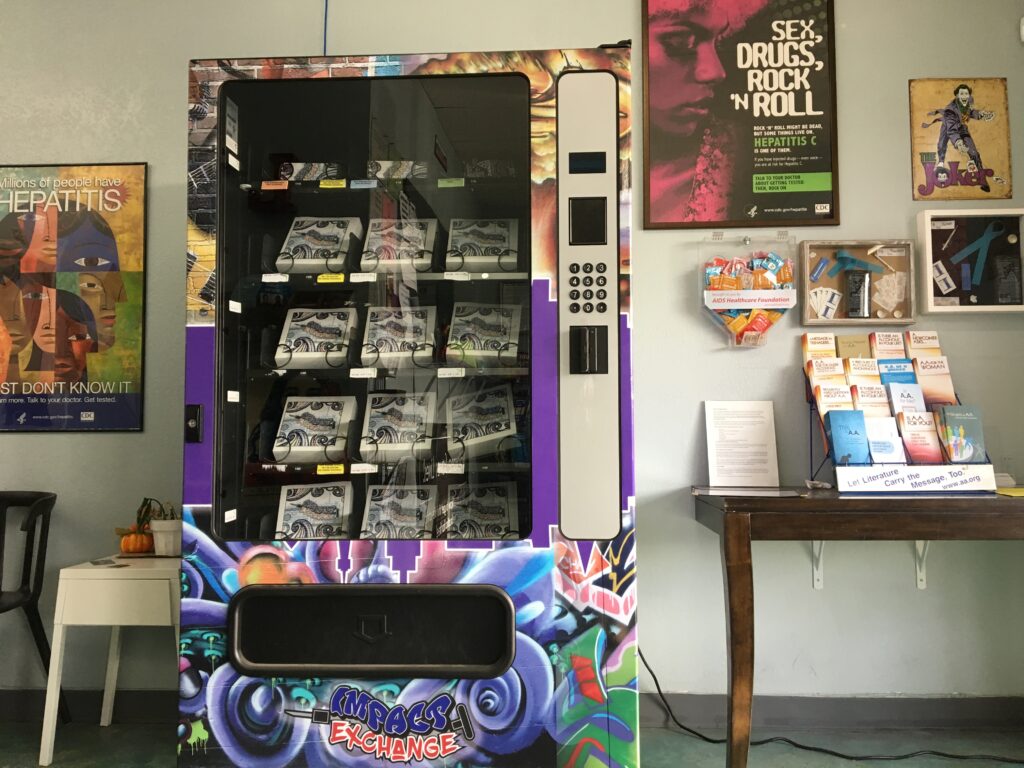
State health officials reported in 2017 that unprotected sexual contact between two men ranked first as a cause for new HIV infections, accounting for 64 percent of diagnoses, followed by unprotected heterosexual sexual contact, which accounted for 6 percent of the population living with HIV. Injection drug use accounted for 5 percent of new infections, while another 6 percent of patients with a new infection reported both injection drug use and male-to-male unprotected sexual contact.
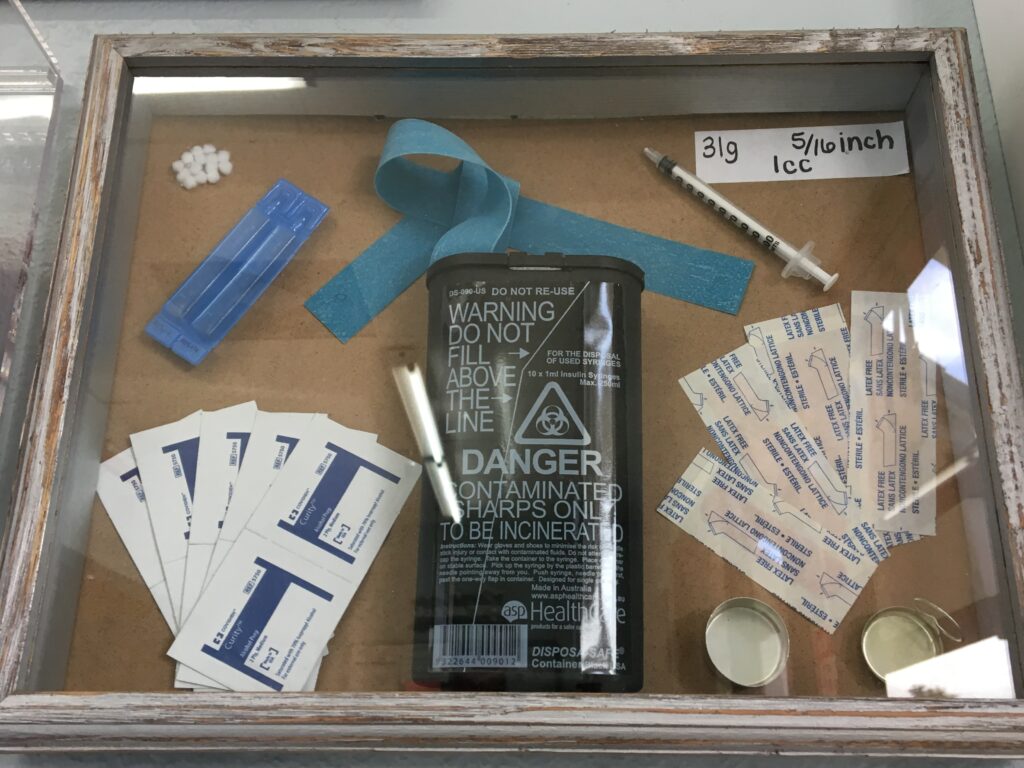
In an effort to reduce the transmission of infectious diseases, including HIV, SNHD has introduced the Trac-B Exchange needle exchange program, and the Nevada Society for AIDS Research and Education (NARES) unveiled a vending machine offering needles and syringes at the Trac B main location on West Charleston and Jones boulevards. Iser said that providing sterile syringes is a proven method to limit the spread of disease in a community.
Pre-emptive treatment
Nolo Galindo is part of that majority of people who do know their HIV status. Despite being HIV negative, he is opting to use PrEP. In general, the CDC notes that people with multiple sex partners and who do not regularly use condoms during sex are at a higher risk of contracting HIV.
"I think that as a community we must protect ourselves — to know that if I take this medicine, part of my community will also be protected,” said Galindo, who works for the Huntridge Family Clinic, which provides HIV testing and PrEP. "This is something that you yourself are taking and you know that with it you have control of your body."
Galindo said he has been taking the medication since 2012. Even though he has medical insurance for a 30-day supply, he has a copay of about $700 dollars. He gets help paying the copay through a program offered by the pharmaceutical manufacturer.
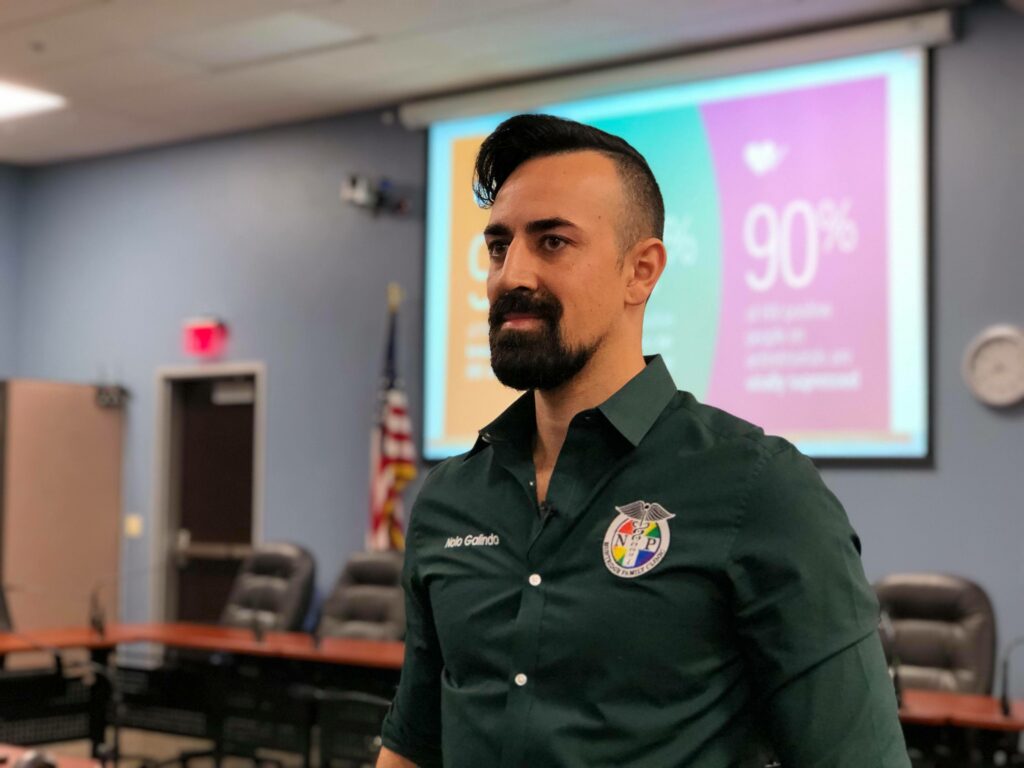
The AIDS Drug Assistance Program (ADAP) is another federally funded program that provides FDA-approved medications to people living with HIV who are either uninsured or underinsured.
In spite of the high costs of the preventative medicine, it’s a fraction of the price to treat HIV once someone is infected. The CDC estimates the annual cost of care for patients with HIV was $23,000 in 2010 dollars.
The average cost of care for an uninsured person living with HIV is between $2,500 to $3,000 per month.
SNHD’s main focus is to help Medicaid beneficiaries or those who do not have health insurance. When people get the virus under control, the SNHD seeks to refer them to other providers.
But even those who are trying to be proactive about preventing HIV face another barrier — stigma. Galindo said that at times when he has shared in his social networks that he takes a drug to suppress HIV, he has faced attacks and criticism.
"Sometimes they say 'well, if you're taking that you must be very promiscuous, surely you mess around with just about anybody,'" Galindo said. "The truth is that no, I do not do that, but if there are people who do it, then it will be better because they will be protecting themselves."
That experience has prompted him to create awareness within the Hispanic community — specifically undocumented residents who do not have access to government-provided medical insurance — about programs available to those who want to take the medication as an additional measure to be protected.
In Nevada, Hispanics ranked third among groups with new infections in 2017, accounting for 30 percent, which is on par with their share of the population. A study from the CDC in 2015 indicated that at a national level, Hispanics accounted for 24 percent of all newly diagnosed cases with the infection.
When education is not enough
Cade, who has worked since 1985 in the UMC Wellness Center that focuses on patients with HIV and AIDS, said that while millions of dollars are invested in education, it is difficult to persuade people to use a condom. But there is something that can be more convincing than any educational program.
"Only one thing statistically made a difference in changing human behavior," Cade said, "and that was knowing somebody who died of AIDS."
Cade said that the only two tools he and a team of doctors had when they started an educational program back in the 1980s were information leaflets and condoms, which were not an answer to the crisis. There was an abrupt change when new drugs became available in 1996.
"The world changed overnight. People stopped dying,” he said.
Cade believes that dedication, commitment, funding and tools could contribute to the eventual eradication of HIV in the near future.
"That's the real long-term goal of the 90-90-90 program. By 2030 they want to see it gone, and that is theoretically, medically, scientifically doable," Cade said. "The question is, can we do it? Are we willing to make whatever sacrifices we need to make? That is what this is all about."
